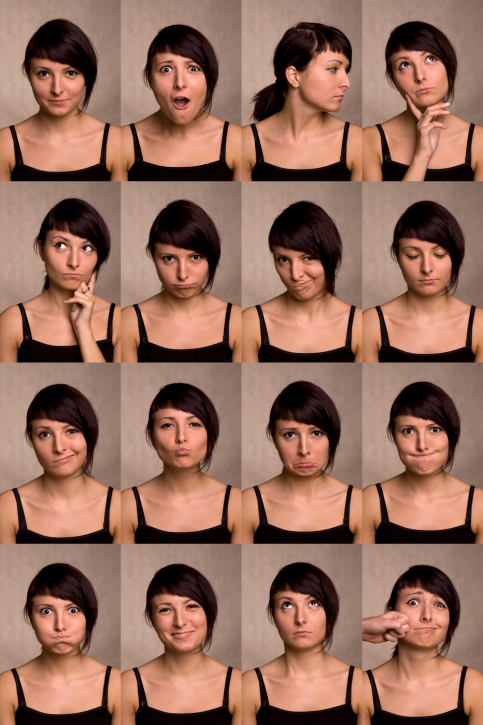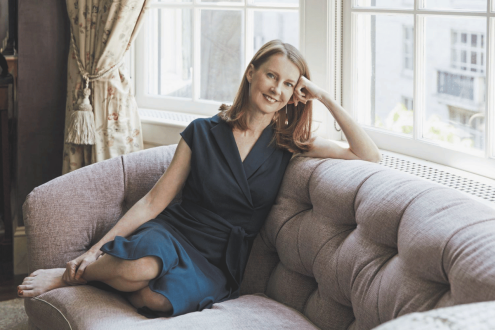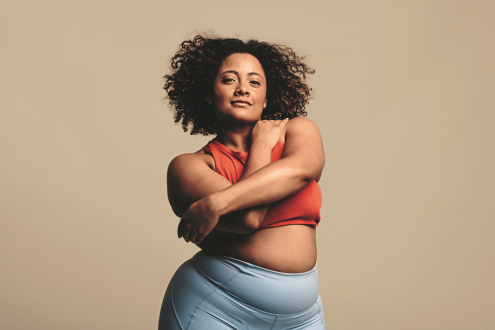How multiple are you?
Research suggests many of us could have different ‘selves’, and getting to know them could be key to understanding how we behave

Mum has been clearing out her shed recently, and unearthed some boxes of old photos. We looked at them together on my last visit, with my husband. ‘Is that really you?’ he asked. I suppose so, I said, but it felt like I was looking at someone else.
The photos are more than 20 years old, but I sometimes get the same sensation looking at recent ones, or trying to recall things I’ve done. ‘Was that me? The woman who used to stay out dancing all night? Who was obsessed with musicals?’ (I can’t stand them now). It’s not just that I’ve grown out of things as I’ve got older. I look at emails I’ve written the day before and think ‘why did I say that?’, or stare into my fridge wondering what possessed me to buy ingredients for a stir-fry when no one will eat it. Including me. These ‘what possessed me?’ moments are interesting, rather than troubling, but I notice them a lot now. I wonder if I’m the same person I was, and if I’m on the right path.
But what if there’s no such thing as the ‘real me’ at all? Rita Carter is a science writer who specialises in the brain, and author of The People You Are (Abacus, £9.99), a book that suggests most – if not all – of us have more than one self. ‘Multiplicity is a spectrum,’ she says. ‘We may not manifest entirely different characters with their own names, ages and histories, but our moods fluctuate, desires alter and behaviour varies.’
Although it might seem strange at first, this is something most of us are comfortable talking about in everyday terms. Like me, standing in front of the fridge wondering ‘what possessed me?’, or my friend who says she’s ‘like two different people’ depending on if she’s at work or at home.
And there can be huge advantages in thinking of your identity as fluid and adaptable, especially when so many of us are juggling different roles, switching between home and work, between different jobs in our ‘portfolio careers’, between different networks of friends, family and colleagues.
‘We need, more than ever, to pull on our ability to see things from multiple viewpoints and adopt different behaviours in different situations,’ Carter points out. ‘As we hurtle from one encounter to another, the “self” that we project has to be altered, if ever so slightly, for each one.’
So, how do you begin to define the people you are?
The new imprint of Carter’s book contains a tool – a personality wheel – to chart your different selves. Think of the different roles you inhabit and choose five in order of how much time they get: mother, writer, wife, daughter, friend.
Next, do a survey of your personality in these roles, ticking off a checklist of 80 different traits (that closely relate with the ‘Big Five’ measures you find in most personality tests).
Then you can then plot your own graph on the wheel, to discoverwhere your personalities match, and also where there are big differences.
Here is some food for thought to get you thinking about your mutiple selves:
- Do you find your mental skills, including your memory for facts, vary from time to time for no obvious reason, for example, not connected with tiredness or drinking? Are you aware that sometimes you can romp through a crossword while at other times you can’t get a single clue?
- Are you called by a number of different names or nicknames and/or do you think of yourself by different names?
- Are you ever gripped with enthusiasm for a while by a hobby that you find utterly boring at other times?
- When you look in your wardrobe, do you see clothes that you can’t imagine wearing and wonder why you bought them?
Find more questions and take the test at ritacarter.co.uk
More inspiration:
Read Karen Ruimy's Discovering your true self on LifeLabs
Read Be your own woman by Jane C Woods on LifeLabs









